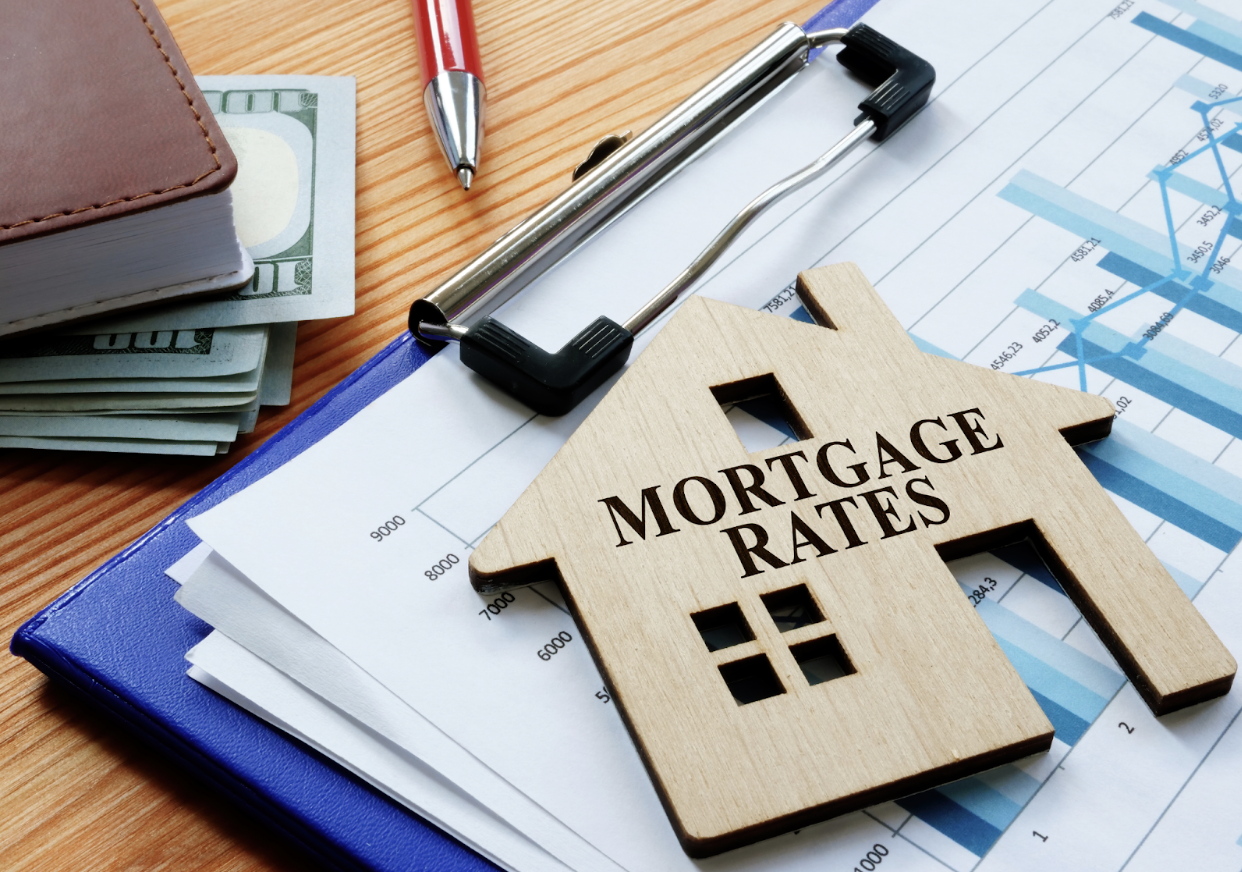ADU Knowledge
October 22, 2025
Understanding 2025 Bay Area ADU Loan Rates for San Francisco Homeowners


.png)
Schedule a free appointment with one of our ADU experts.
Get ADU QuoteOr call: (323) 591-3717
As of 2025, Bay Area ADU loan rates for San Francisco homeowners generally align with broader real estate financing. Interest rates for all types are very competitive right now. However, rates change often based on current market conditions. The final rate you get will also depend on your personal financial details. Key factors include your credit score, the type of loan you pick, and your chosen lender's policies.
San Francisco ADU financing uses HELOCs and Home Equity Loans, though current rates are higher. Construction Loans are standard, rolling into a mortgage post-build. While the state's $40,000 CalHFA ADU Grant is unfunded, niche loans based on after-ADU value boost borrowing power. GatherADU simplifies this complex process, offering a trusted, end-to-end platform for feasibility, permits, construction, and securing your ideal loan.
In San Francisco, HELOCs for ADU construction offer introductory rates around 7.15% APR for about six months. Afterward, rates adjust to a variable APR of 7.5%–9.5%. HELOCs provide flexible financing, while larger or more complex ADU projects may benefit from structured construction loans.
For fixed-rate financing options like Home Equity Loans or construction-to-permanent loans, a strong borrower can expect current starting APRs between 7.490% and 8.500% on the equity-based portions. Final rates depend heavily on the construction loan, your credit score, combined loan-to-value (CLTV) ratio, and the specific lender's terms.

Lenders evaluate several challenging factors to determine the personalized interest rate for your ADU loan. Essentially, this review assesses the risk of lending money to you. Therefore, preparing a strong application package is vital for securing the most competitive rate. For your convenience, we have identified key factors lenders will evaluate:
The amount of equity in your home also significantly influences your rate. Generally, lenders prefer a Combined Loan-to-Value ratio of 80% or less. Your creditworthiness remains the number one factor for a low rate; consequently, a FICO credit score of 740 or higher positions you for the best offers.

Yes, many homeowners rely on grant programs to offset the high upfront costs of ADU development. The California Housing Finance Agency (CalHFA) previously offered the ADU Grant Program. Importantly, this program provided up to $40,000 to help cover non-recurring pre-development costs like permits and architectural fees.
However, as of late 2023, the CalHFA ADU Grant Program’s last round of funding has been fully allocated. This means that they are not currently accepting new applications. Furthermore, there is no official confirmation regarding the new Grant Programs for 2025. Nevertheless, we still encourage you to monitor the CalHFA website and local San Francisco resources.
Beyond the interest rate, you must budget for one-time costs like origination, underwriting, and appraisal fees. You should also prepare for ADU costs for third-party services, such as title insurance and attorney fees, as well as recurring expenses like private mortgage insurance and annual maintenance fees.
The Annual Percentage Rate (APR) is a better measure of the actual cost of borrowing, as it factors in the interest rate plus specific mandatory fees. You must also budget for prepaid expenses, such as the initial property tax and insurance payments, and potential late payment or prepayment penalties.
Building an Accessory Dwelling Unit in San Francisco is a significant investment, often costing hundreds of thousands of dollars. Securing the right financing is the most overwhelming hurdle. High interest rates, restrictive equity requirements, and the sheer complexity of managing construction loan draws and after-completion appraisals can leave homeowners feeling stuck, worried that their dream of passive rental income or multi-generational housing is financially out of reach.
Don't let financing anxiety stall your project. GatherADU cuts through the complexity by providing a seamless, end-to-end platform. We connect you with specialized lenders offering ARV-based loans and guide you through the entire process, from instant eligibility checks and obtaining permits to managing the construction and closing your ideal loan.

The average cost for a detached, stick-built ADU in the Bay Area typically ranges from $200,000 to $400,000, excluding soft costs. Garage conversions are generally less expensive, ranging from $80,000 to $200,000.
This depends on the product. Home Equity Loans and Renovation Loans typically offer fixed rates. Conversely, Home Equity Lines of Credit (HELOCs) usually feature variable rates, meaning the interest rate can change over time.
Yes, you can. You can use a Home Equity Loan or HELOC, which are separate second mortgages, to finance your ADU. This allows you to keep your existing low first-mortgage rate while securing a new competitive rate for the ADU portion.
We guide you to specialized loans, like those based on After-Renovation Value (ARV), which are common in the Bay Area. These loans leverage your home's estimated value after the ADU is completed, which can significantly increase the total amount you are eligible to borrow.
Yes, the state's $40,000 CalHFA ADU Grant is currently unfunded for 2025. Still, GatherADU continuously monitors for new local, city, or county-level financial incentives that may become available to San Francisco homeowners to help reduce total project costs.
.png)
Not sure where to start with your ADU project?